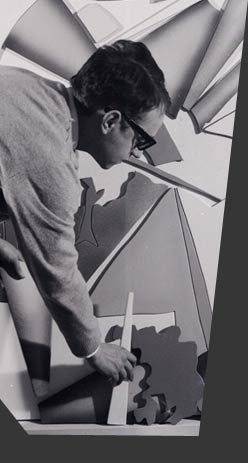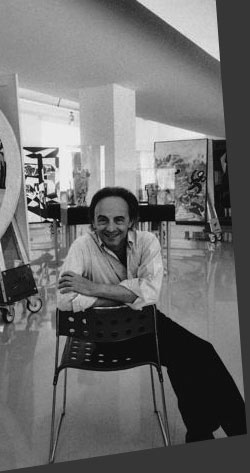Adam Andrzejewski
NESPOLOâS ARTWORKS AS AN ILLUMINATION OF THE EVERYDAY
There are two basic ways in which Ugo Nespolo's works can be interpreted in the light of everyday aesthetics: one can state that objects of daily use somewhat "force their way" into the world of art and-which is the second way of looking at this matter - that it is artworks that become the background to everyday life events.
The first approach is exemplified by Nespolo's works from the 1960s, which made use of everyday objects, such as the installation titled Molotov (1968), which does not exist anymore. This installation consisted of rows of bottles that were in a way ready to be detonated. The work was a provocative statement indicating that art can be actively engaged in the process of political and social change. The fact that the artist used bottles is obviously interesting in itself since the bottles highlight the movement of everyday objects and their permeation into the fabric of the world of art.
Corked and equipped with fuses in the form of thin cords, the bottles are ready, to be used. It is worthwhile to pay attention to an interesting relationship: these bottles are no longer ordinary bottles because they are becoming part of an artwork-they are being ontologically transfigured (Danto 1981: 1-18). This process takes place on two levels.
First, the bottles lose their primary function, which most likely is to serve as containers for storing beverages, and they become potential tools of violence, i.e. Molotov cocktails. Secondly, the bottles do not fulfil their intended function, i.e. they are not real Molotov cocktails. Therefore, they are doubly deprived of their function.



